There is something wonderfully nostalgic about biting into a slice of cheesecake that’s both tangy and creamy, all wrapped up in a buttery, crumbly crust. This Traditional Käsekuchen Recipe (German Cheesecake) is pure comfort food—light yet luxurious, and so versatile that it suits any occasion, from relaxed coffee breaks to special celebrations. Each luscious bite brings back the charm of cozy German bakeries, and the unbeatable aroma from your oven is enough to gather everyone around the table.
Ingredients You’ll Need
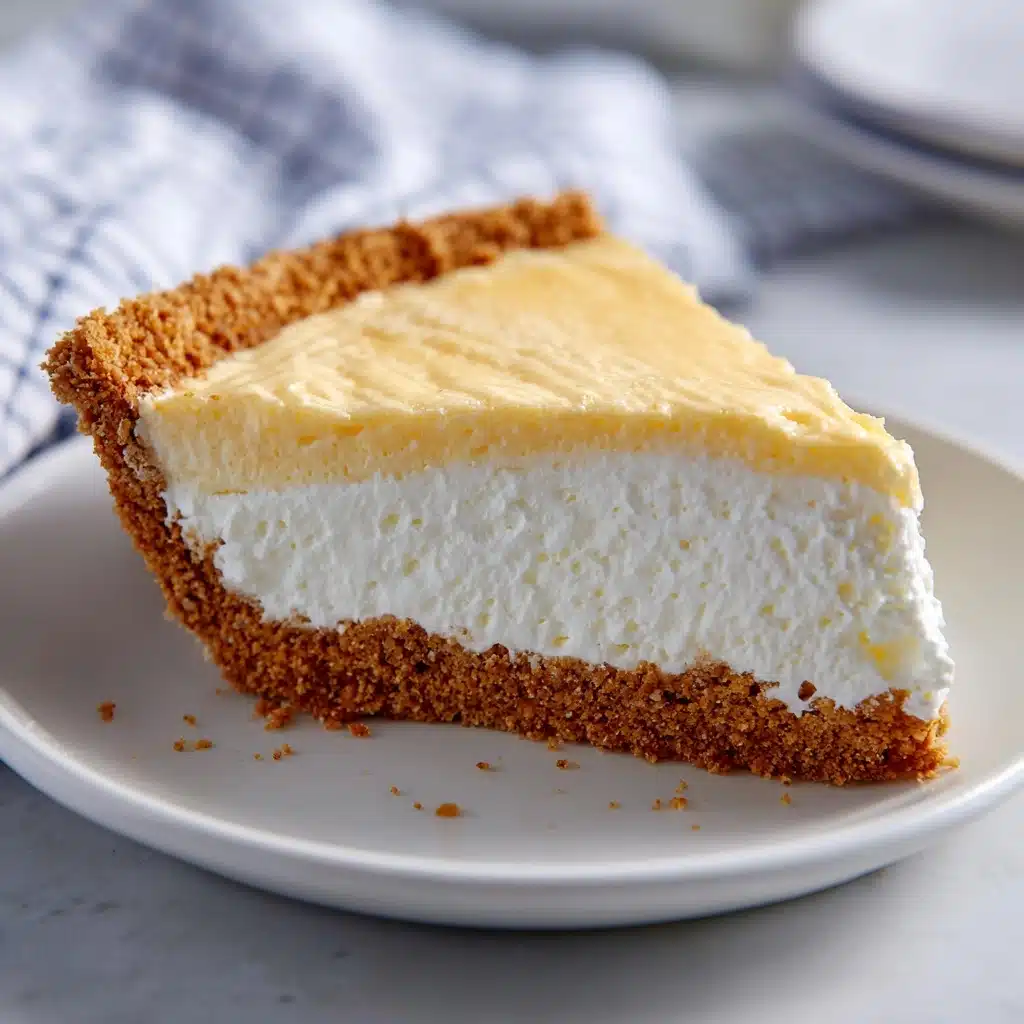
Ingredients You’ll Need
You won’t believe how a handful of humble ingredients can transform into such a show-stopping dessert. Every component in this Traditional Käsekuchen Recipe (German Cheesecake) has a role: from the tender crust to the bright, creamy filling, they work together to create that authentic taste and texture you’ll crave again and again. Here’s why you’ll love them!
- All-purpose flour (1 3/4 cups / 220g): This is the backbone of your crust, giving it structure and a delicate crumb.
- Sugar (1/2 cup / 100g for crust, 3/4 cup / 150g for filling): Adds the perfect amount of sweetness to both the crust and filling—try using superfine sugar for a smoother cheesecake.
- Unsalted butter (1/2 cup / 115g): It makes the crust rich, melt-in-your-mouth, and just slightly crispy at the edges.
- Egg (1 for crust, 3 for filling): The single egg binds your crust, while the trio in the filling brings luxurious texture and that lovely golden hue.
- Quark (1 1/2 cups / 375g): The secret star—this fresh, tangy cheese is essential for the signature German flavor; substitute with a ricotta and Greek yogurt mix if you can’t find quark locally.
- Heavy cream (1 cup / 240ml): It gives the filling its creamy, smooth texture and rich flavor.
- Vanilla pudding powder (2 tbsp): This little trick adds subtle sweetness and helps set the filling beautifully.
- Zest of 1 lemon: For a fragrant brightness that keeps every bite lively and refreshing.
How to Make Traditional Käsekuchen Recipe (German Cheesecake)
Step 1: Make the Dough
Start with the crust, as it needs a short rest in the fridge. In a large bowl, combine the flour and sugar, then cut in the cold butter until the mixture resembles breadcrumbs. Add in your egg and mix until just combined—don’t overmix! Shape the dough into a disc, wrap it up, and let it chill for at least 30 minutes. This step ensures the crust is tender and won’t shrink in the oven.
Step 2: Prepare the Filling
While your dough chills, grab a clean bowl for the filling. Beat together the quark, heavy cream, eggs, sugar, vanilla pudding powder, and lemon zest until the mixture is velvety and smooth (a handheld mixer works wonders here). The quark gives the filling a signature tang, while the cream makes it silky and elegant.
Step 3: Assemble the Cheesecake
Once your dough is properly firm, roll it out on a lightly floured surface until it’s large enough to line the bottom and slightly up the sides of your greased springform pan. Press the dough gently into the pan for an even base. Pour in your creamy filling and smooth the top with a spatula. If you’re after extra toasty flavor, you can pre-bake the crust for a few minutes before adding the filling.
Step 4: Bake and Cool
Bake your cheesecake in a preheated oven at 350°F (175°C) for 50-60 minutes, or until the top is lightly golden and slightly puffed. Once done, turn off the oven and let the cheesecake cool inside with the door slightly ajar—this trick helps prevent cracks. Once the pan feels cool to the touch, transfer the cake to the fridge and chill for several hours or, even better, overnight for a perfectly set and flavor-packed result.
How to Serve Traditional Käsekuchen Recipe (German Cheesecake)
Garnishes
For a stunning finish, try dusting your cooled cheesecake with a generous layer of powdered sugar or a scattering of thinly sliced almonds. A few curls of fresh lemon zest echo the flavors inside, and a handful of fresh berries or a glossy cherry compote can really take this Traditional Käsekuchen Recipe (German Cheesecake) to the next level, adding color and a juicy contrast to the creamy filling.
Side Dishes
This cheesecake is outstanding all on its own, but pairing it with a scoop of lightly sweetened whipped cream makes dessert unforgettable. If you’re serving for brunch or afternoon coffee, a platter of fresh fruit or a tart fruit salad is a zesty counterpoint to each rich, luscious forkful. And honestly, a hot pot of strong coffee or tea brings out the very best in every bite!
Creative Ways to Present
Get playful by slicing the cheesecake into elegant wedges and serving each one with a swirl of berry sauce or a drizzle of honey. For special occasions, try cutting it into squares for a cheesecake platter, garnished with different toppings—think chocolate shavings, edible flowers, or pistachios. Mini cheesecake bites baked in muffin tins mean no-fuss parties and maximum flavor, all inspired by this Traditional Käsekuchen Recipe (German Cheesecake).
Make Ahead and Storage
Storing Leftovers
Cover any leftover Käsekuchen tightly with plastic wrap or store it in an airtight container in the refrigerator. It will keep beautifully for up to 4 days, making it perfect for weekday treats or a quick, decadent breakfast alongside your morning coffee.
Freezing
If you want to make this Traditional Käsekuchen Recipe (German Cheesecake) in advance, go ahead and freeze individual slices wrapped well in plastic and foil. They’ll keep for about 2 months! To enjoy, just thaw overnight in the fridge—no need to reheat, as this cheesecake is best served chilled.
Reheating
While Käsekuchen is traditionally enjoyed cold or at room temperature, if you love a slightly warm slice, you can pop it (unwrapped) in the microwave for just 10-15 seconds. This softens the filling slightly without compromising the structure, but be careful not to overdo it, as you want to keep all that creamy magic intact.
FAQs
What is quark, and can I substitute it?
Quark is a fresh, soft, tangy cheese commonly used in German baking. If you can’t find it, substitute with a blend of ricotta cheese and Greek yogurt for a similar texture in your Traditional Käsekuchen Recipe (German Cheesecake).
Can I use cream cheese instead of quark?
You can, but the result will be richer and heavier, and the tang won’t be quite as pronounced. To get closer to the traditional taste, mix equal parts cream cheese and sour cream.
Why cool the cheesecake in the oven?
Letting your cheesecake cool gradually in the oven with the door ajar helps prevent that pesky cracking on top. The slow temperature drop is gentler on the filling, ensuring it sets up creamy and smooth.
Can I add fruits or mix-ins to the filling?
Absolutely! Add a handful of fresh berries, raisins, or swirl in fruit preserves before baking for a delicious twist—just keep mix-ins minimal so the filling bakes evenly.
How do I know when the cheesecake is done baking?
Your cheesecake should be puffed, lightly golden, and just set in the center—the middle will still jiggle slightly and will firm up as it cools. Avoid overbaking for the creamiest texture.
Final Thoughts
I can’t wait for you to try this Traditional Käsekuchen Recipe (German Cheesecake) in your own kitchen. It’s honestly irresistible—whether for a cozy afternoon or to impress your family at any gathering, it simply brings warmth and sweet joy to the table. Give it a whirl, and let each bite transport you straight to the heart of Germany’s delicious dessert traditions!
PrintTraditional Käsekuchen Recipe (German Cheesecake) Recipe
Indulge in the rich and creamy delight of a traditional German Käsekuchen, a decadent cheesecake with a buttery crust. This classic dessert is a must-try for any fan of cheesecakes!
- Prep Time: 30 minutes
- Cook Time: 60 minutes
- Total Time: 1 hour 30 minutes
- Yield: 12 slices
- Category: Dessert
- Cuisine: German
- Diet: Vegetarian
Ingredients
For the Crust:
- 1 3/4 cups (220g) all-purpose flour
- 1/2 cup (100g) sugar
- 1/2 cup (115g) unsalted butter
- 1 egg (for crust)
For the Filling:
- 1 1/2 cups (375g) quark
- 1 cup (240ml) heavy cream
- 3 eggs (for filling)
- 3/4 cup (150g) sugar
- 2 tbsp vanilla pudding powder
- Zest of 1 lemon
Instructions
- Make the Dough: Combine flour, sugar, and butter. Add the egg and mix until dough forms. Chill for 30 minutes.
- Prepare the Filling: Beat quark, cream, eggs, sugar, pudding powder, and lemon zest until smooth.
- Assemble: Roll out the dough and press into a greased springform pan. Pour in the filling.
- Bake: Bake at 350°F (175°C) for 50-60 minutes. Cool in the oven with the door ajar, then refrigerate.
Notes
- Toasting the crust slightly before adding the filling adds extra flavor.
- Don’t skip chilling the dough—it’s worth it!
- Refrigerate overnight for the best texture and flavor.
Nutrition
- Serving Size: 1 slice
- Calories: 285
- Sugar: 15g
- Fat: 18g
- Saturated Fat: 10g
- Carbohydrates: 26g
- Protein: 6g

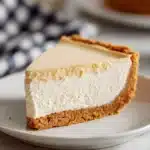
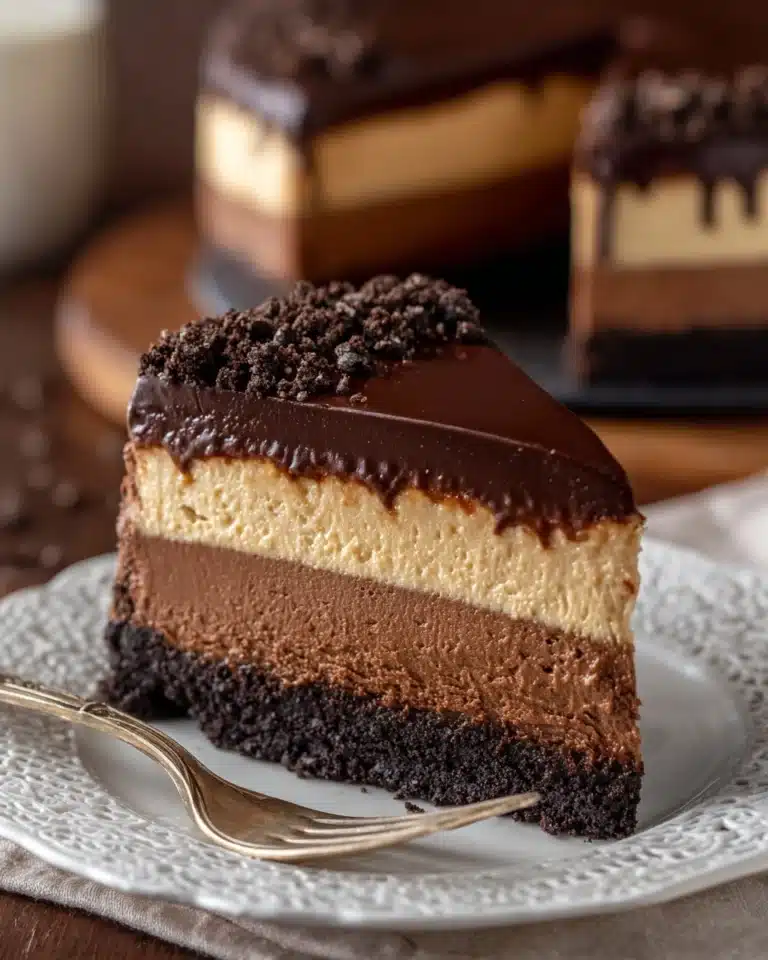


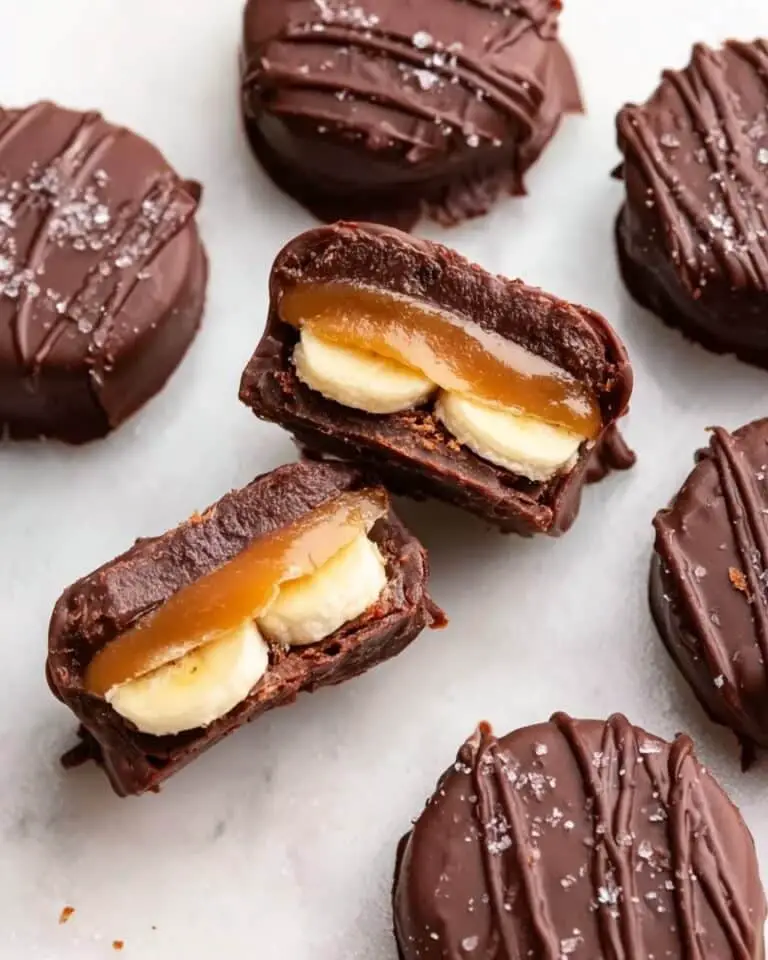
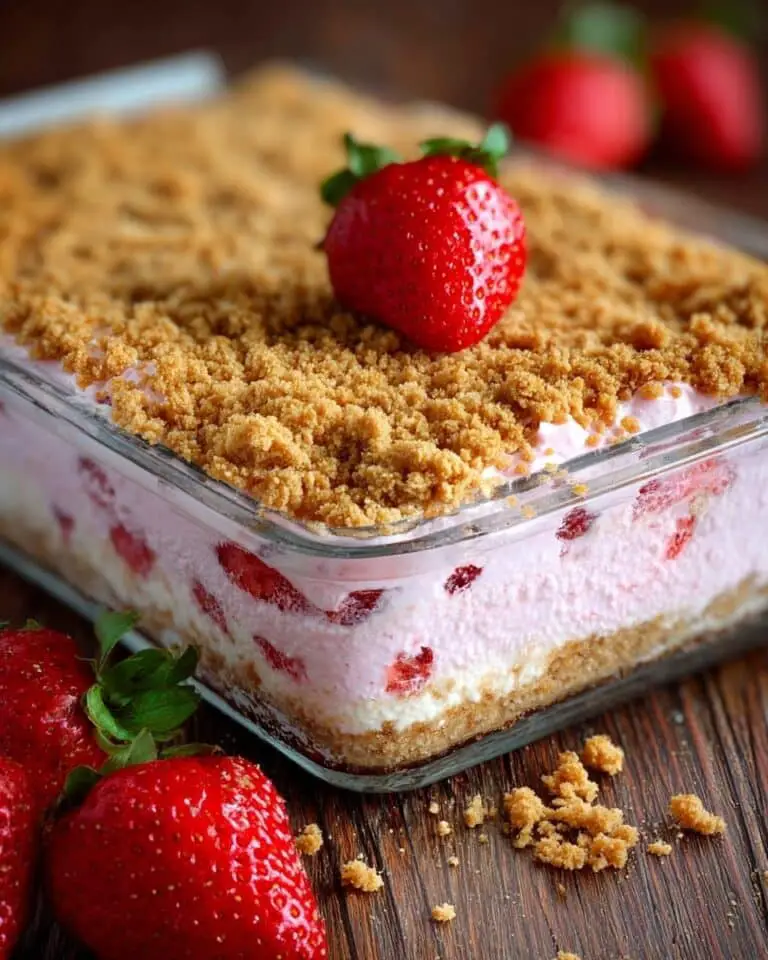
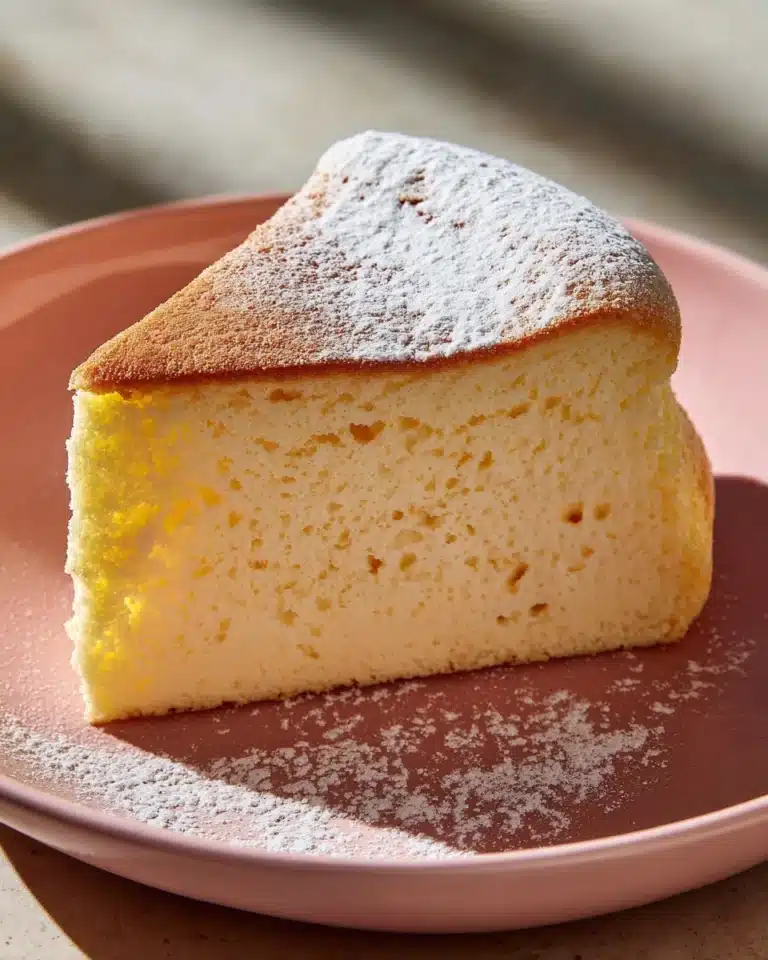
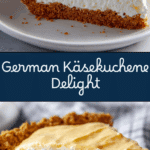
https://shorturl.fm/ujFOf
https://shorturl.fm/cSAxu
https://shorturl.fm/y90ny
https://shorturl.fm/QszoS
https://shorturl.fm/7LosM
https://shorturl.fm/Faph1
https://shorturl.fm/ddUAJ
https://shorturl.fm/1TDXF
https://shorturl.fm/stR7G
https://shorturl.fm/Khtgt
https://shorturl.fm/nytzn
https://shorturl.fm/C7nkJ
https://shorturl.fm/uR5Q8
https://shorturl.fm/QDngh
https://shorturl.fm/8RYU3
https://shorturl.fm/8VmXN
https://shorturl.fm/9pkOk
https://shorturl.fm/J1QRU
https://shorturl.fm/EHOJ3
https://shorturl.fm/5fQNu
https://shorturl.fm/eIAep
https://shorturl.fm/A212Z
https://shorturl.fm/hscEs
https://shorturl.fm/6SbYX
https://shorturl.fm/xJCl0
https://shorturl.fm/JmXwt
https://shorturl.fm/7N9h1
https://shorturl.fm/95KAD
https://shorturl.fm/6cPu5
https://shorturl.fm/ZFCsh
https://shorturl.fm/yzP3l
https://shorturl.fm/x0trI
https://shorturl.fm/CFHCX
https://shorturl.fm/X7SBg
https://shorturl.fm/xXiAM